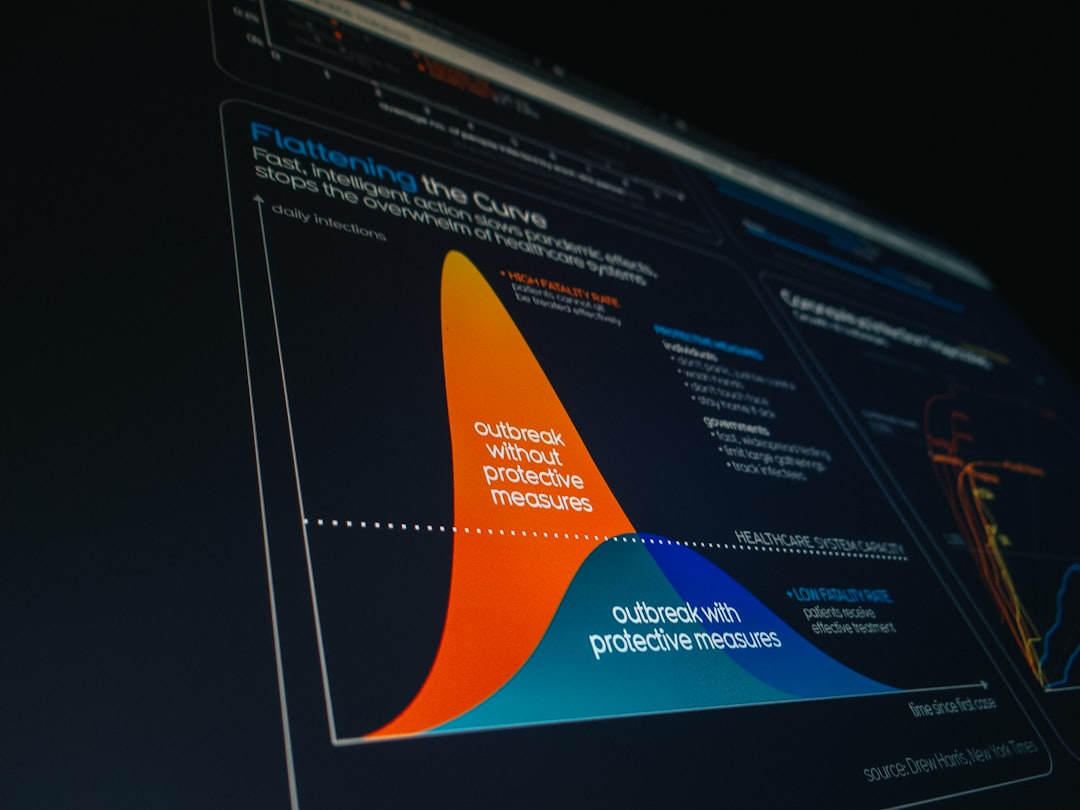In the digital age, maintaining a successful blog is both an opportunity and a challenge. Millions of blog posts are published daily, and standing out amidst the noise requires valuable content, consistency, and a strong understanding of search engines. Fortunately, advancements in artificial intelligence (AI) have introduced tools that make it easier than ever for bloggers to not only keep up but also thrive. Welcome to the world of Autoblogging AI.
What Is Autoblogging AI?
Autoblogging AI is the use of artificial intelligence tools and platforms to automatically generate, optimize, and publish blog content. By leveraging machine learning and natural language processing technologies, AI can now produce human-like text, perform SEO optimization, and even generate images and multimedia that enhance blog posts.
This innovative approach is revolutionizing how individuals and businesses handle content creation, particularly for:
- Affiliate marketers
- Niche site owners
- Corporate content marketers
- Solo bloggers seeking efficiency
Why Use AI for Content Creation?
Creating quality content regularly is one of the most time-consuming aspects of running a blog. Writing, editing, formatting, researching keywords—this process can absorb countless hours each week. AI-powered tools can handle much of this workload, freeing creators to focus on strategy, monetization, and user engagement.
Some key benefits of using AI for content creation include:
- Speed: AI can generate full-length articles in minutes rather than hours.
- Scalability: Enables the publishing of multiple posts daily without burning out your team.
- SEO optimization: Many tools integrate SEO best practices directly into content creation.
- Consistency: AI ensures a uniform tone and style across your blog posts.
With the right tools and strategies, autoblogging with AI isn’t just possible—it’s smart.
Choosing the Right Autoblogging AI Tool
There are numerous AI tools available, but not all offer the same level of performance or customization. When selecting an AI content platform, look for the following features:
- Natural Language Fluency: The more the output sounds like a human, the higher quality your blog will be.
- SEO Integration: Built-in suggestions for keywords, headings, and internal linking are a huge plus.
- Customization Options: Ability to define tone, audience, and structure according to your brand identity.
- Plagiarism Checking: Originality is key when building a trustworthy brand and avoiding penalties.
- Image Support: The ability to add AI-generated or royalty-free images directly into your posts.
Some popular platforms include Jasper, Copy.ai, Writesonic, and Content at Scale. Each has its strengths, and your selection may depend on your content goals and budget.
How to Start an Autoblogging AI Workflow
Implementing an autoblogging system using AI doesn’t have to be complicated. You can achieve considerable efficiency with a structured process:
1. Identify Your Niche and Keywords
Before you generate content, define your target audience and identify profitable niches. Use keyword research tools like Ahrefs or Ubersuggest to find keywords with high search volume and low competition.
2. Choose Topics and Headlines
Use AI tools or title generators to come up with engaging topics. Tools like ChatGPT can help brainstorm unique headline structures that entice clicks while remaining SEO friendly.
3. Generate Content
Use your AI writing assistant to produce full articles based on the headline and keywords. Make sure to refine any AI-generated text for clarity, coherence, and accuracy.

4. Add Visual and Interactive Elements
Enhance readability with media such as images, infographics, and videos. You can use AI image tools or platforms like Canva to produce unique visuals that match your content. Don’t forget to use proper HTML tags to format your content, such as:
<h2>and<h3>for subheadings<b>and<i>to highlight key points<ul>and<ol>for lists and structure
5. Schedule and Publish
Many blog platforms like WordPress support scheduling posts. When integrated with plugins or APIs, you can fully automate the publishing process—effectively letting your blog run on autopilot.
6. Monitor Performance and Iterate
Use tools like Google Analytics and Search Console to track your web traffic and keyword performance. If a certain type of content or structure is performing better, refine your AI prompts accordingly.
Best Practices for Ethical and Effective Autoblogging
While autoblogging has immense potential, it also brings with it ethical questions and quality concerns. Here are some best practices to ensure your AI-generated content maintains high standards:
- Edit and Review: Always have a human review the AI-generated posts before publishing. Check for factual accuracy and make sure the tone aligns with your brand.
- Disclose When Appropriate: If you’re using AI-generated content in a sensitive or professional field (medical, financial, legal), disclose the use of AI—or better yet, have an expert verify the information.
- Focus on Value: Your content should solve problems, answer questions, or entertain. If you’re just keyword stuffing, readers (and search engines) will notice.
- Use Sources: Link out to authoritative sources and reference data to build trust and credibility.

Can Autoblogging AI Really Grow Your Blog?
Yes—when done right. Autoblogging AI doesn’t replace the human element; it enhances it. By reducing the time spent on repetitive tasks, bloggers can focus more on strategic growth, backlink building, audience engagement, and monetization avenues like affiliate marketing, course creation, or premium content.
Moreover, with consistent publishing and SEO practices, your blog will accumulate authority over time. Google’s algorithms prioritize websites that regularly produce high-quality, relevant content. AI helps you meet those criteria faster and with fewer hurdles.
Potential Risks and How to Avoid Them
Like every powerful tool, AI-based autoblogging has its risks. These include:
- Duplicate Content: Even though most AI tools generate unique outputs, there’s always a chance of content overlapping with existing materials. Always conduct plagiarism checks.
- Inaccuracies: AI can occasionally “hallucinate” facts or present outdated data. Manual review is essential for all final articles.
- SEO Penalties: Low-quality content posted en masse can trigger Google penalties. Prioritize reader value over volume.
The best way to mitigate these risks is by adopting a hybrid workflow—let AI do the heavy lifting, while you supervise and fine-tune the results.
Final Thoughts
Autoblogging AI represents a massive leap forward for digital content creators. Whether you’re a solo blogger trying to scale your site, a content agency managing dozens of blogs, or a business turning your expertise into a knowledge base, leveraging AI can significantly reduce time and cost burdens.
Think of AI not as an author, but as a co-pilot. It’s your job to navigate, guide, and set the course—AI simply helps you get there faster.
The future of blogging is automated, optimized, and intelligent. Those who embrace these tools thoughtfully and ethically will be the ones who stay ahead of the curve.



